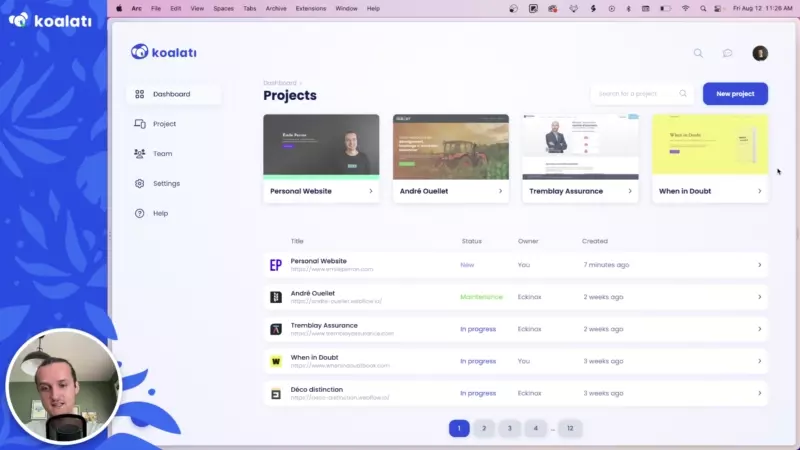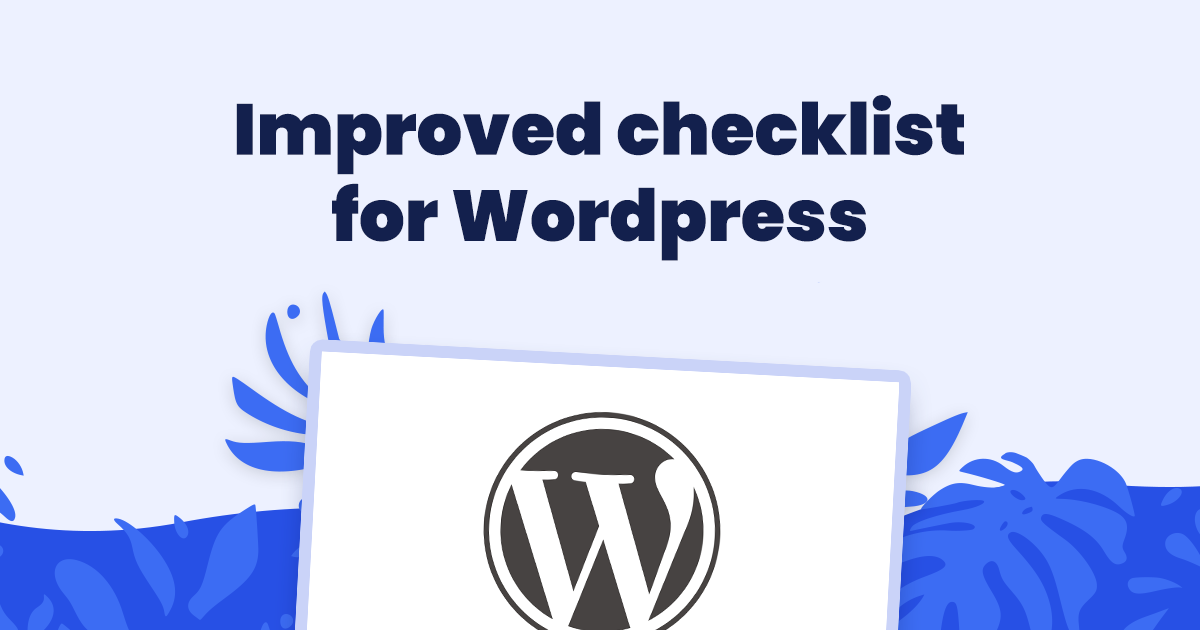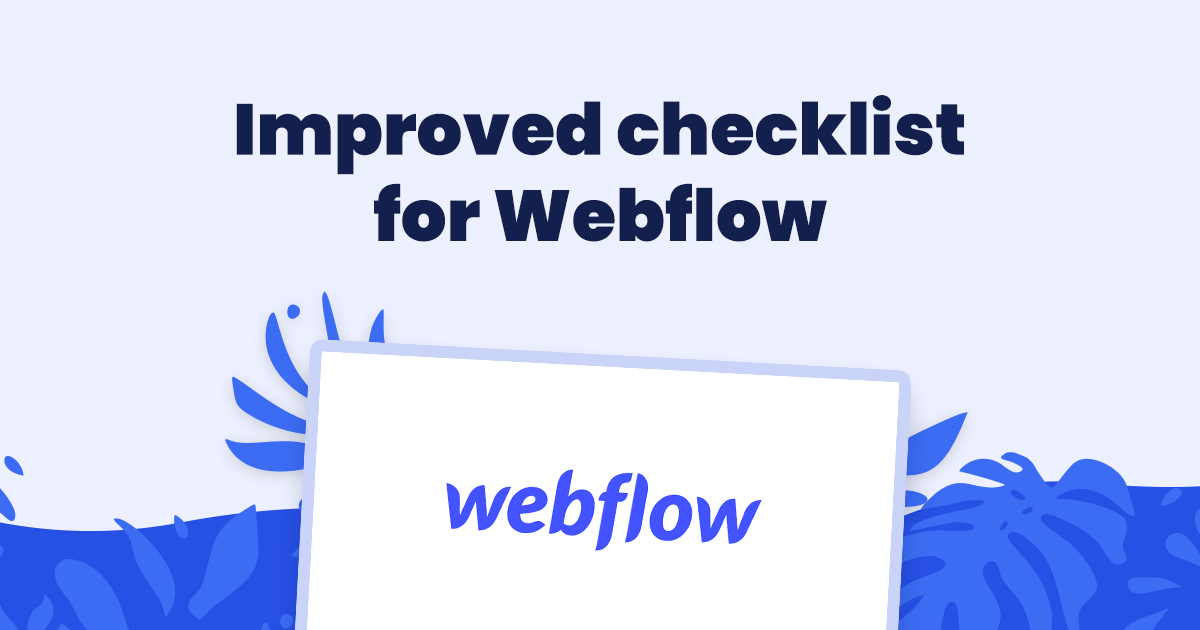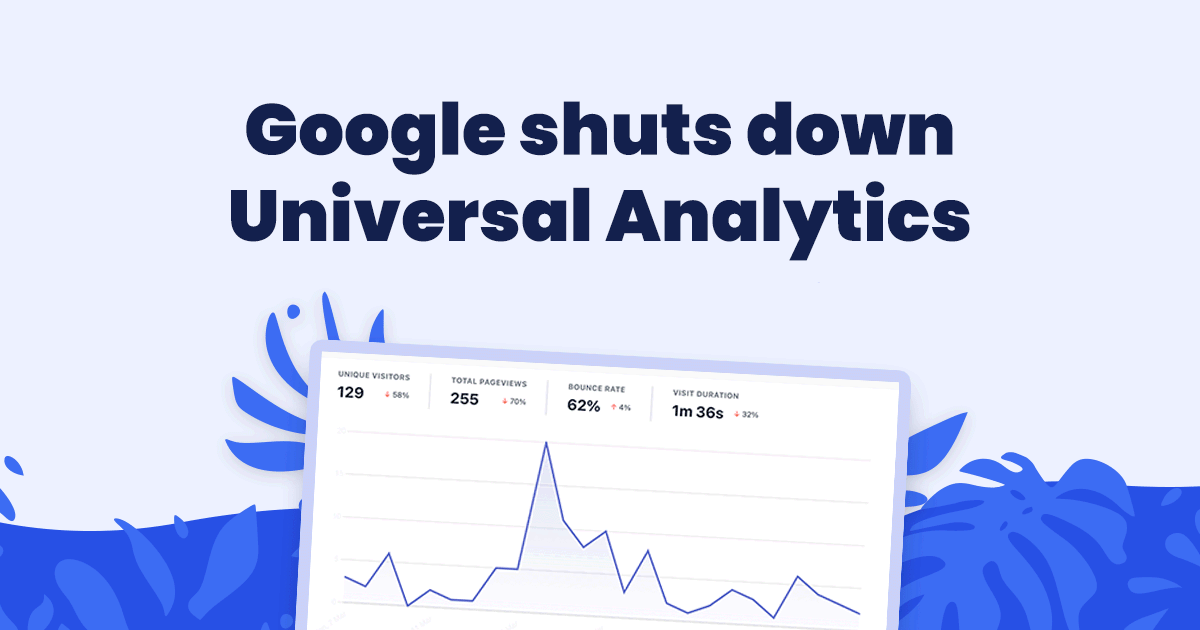It's official folks: Internet Explorer is no more!
In their recent article from June 15th, Microsoft stated:
After 25+ years of helping people use and experience the web, Internet Explorer (IE) is officially retired and out of support as of today, June 15, 2022.
To most of you, this is likely not a surprise. Web developers and agencies across the world have been waiting for this day for years.
That's because unlike the evergreen browsers we all know today, Internet Explorer wasn't exactly up-to-date on the latest web features and standards. Creating websites that looked and worked great on IE could be... irritating, to say the least.
But now, this is over. People who used Internet Explorer are now being redirected to Microsoft Edge, which is built on the same underlying technology as Google Chrome, Opera and many other modern browsers.
What does IE's end-of-life mean for me as a web developer?
With IE being gone, there's a good chance you can start shipping a lot less code than you were before, and get the exact same result.
Remove or update your transpiler
If you have a build step that transpiles your modern (ES6+) code into IE11-compatible code, you should be able to remove that step, or update it so that it only converts code that other modern browsers do not support yet.
In just about every case, this will lead to a noticeable improvement in the size of your client-side code.
IE11 didn't support many "basic" things, like arrow functions, ES6 classes, async functions, Promises, and much more. Your transpiler therefore had to replace them with universal alternatives, which often end up taking up more code and being a bit more clunky (fully-fledged functions instead of arrow functions, callbacks for promises and async functions, etc.).
Seeing as every browser out there now supports most (if not all) of the modern features out-of-the-box, your transpiler doesn't need to do all of that work anymore!
That means faster builds for you, and faster page loads for your users! It's a win-win!
Get rid of useless polyfills
While some modern features were transpiled for IE11, others were polyfilled.
Just like with the transpile step, most of the polyfills used in your projects can likely be removed at this point.
Once again, that means you'll be shipping less code to the clients, which should result in faster page loads (and more consistent experiences, as some polyfills aren't as performant as their browser implementations).
Embrace modern features and practices
If you've been holding back on using new browser features in fear of running into browser support issues with Internet Explorer, now is a good time to start toying with them and seeing how they can help you.
Here are a few sites and articles to help you get started in this re-discovery of modern web development:
- Ten modern layouts in one line of CSS
By Una Kravets on web.dev - Modern CSS Solutions for Old CSS Problems
- New CSS Features You May Not Know in 2021
By the Alibaba F(x) Team
Summary
In summary, IE11's retirement is a good opportunity for developers to ship lighter websites and to start building with all of the cool tools and features that modern browsers have been developing for the past couple years.
Although Koalati receives a percentage of the purchases made by visitors who follow one of our affiliate links, this is not a sponsored post. The companies and products that are presented, linked to and/or endorsed in this article are there based on merit, on product research by Koalati, and by our experience. As an ethics driven company, we aim to inform and help our visitors and users to the best of our ability, without bias or external incentives.




